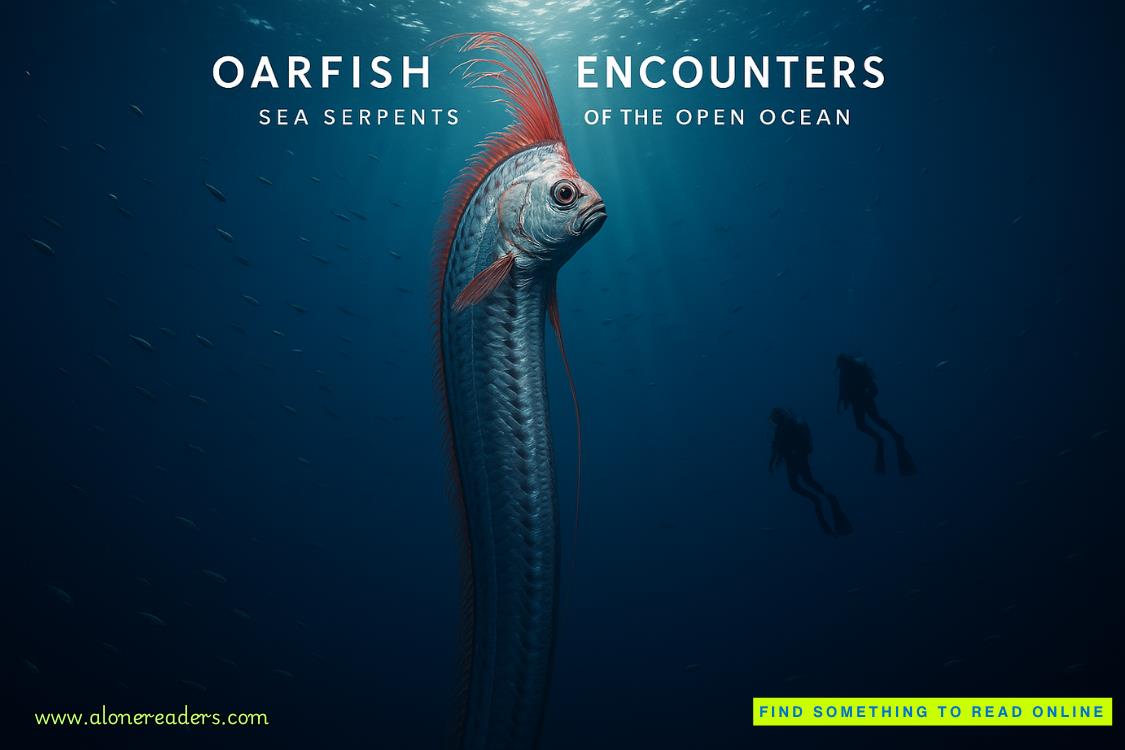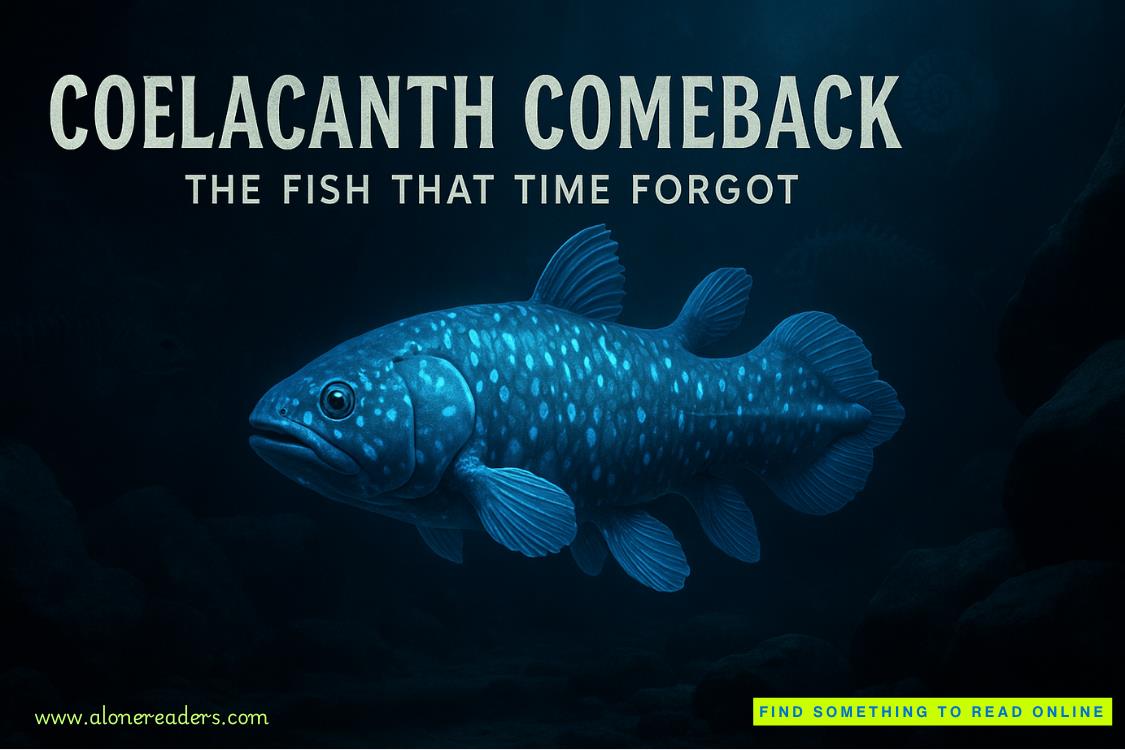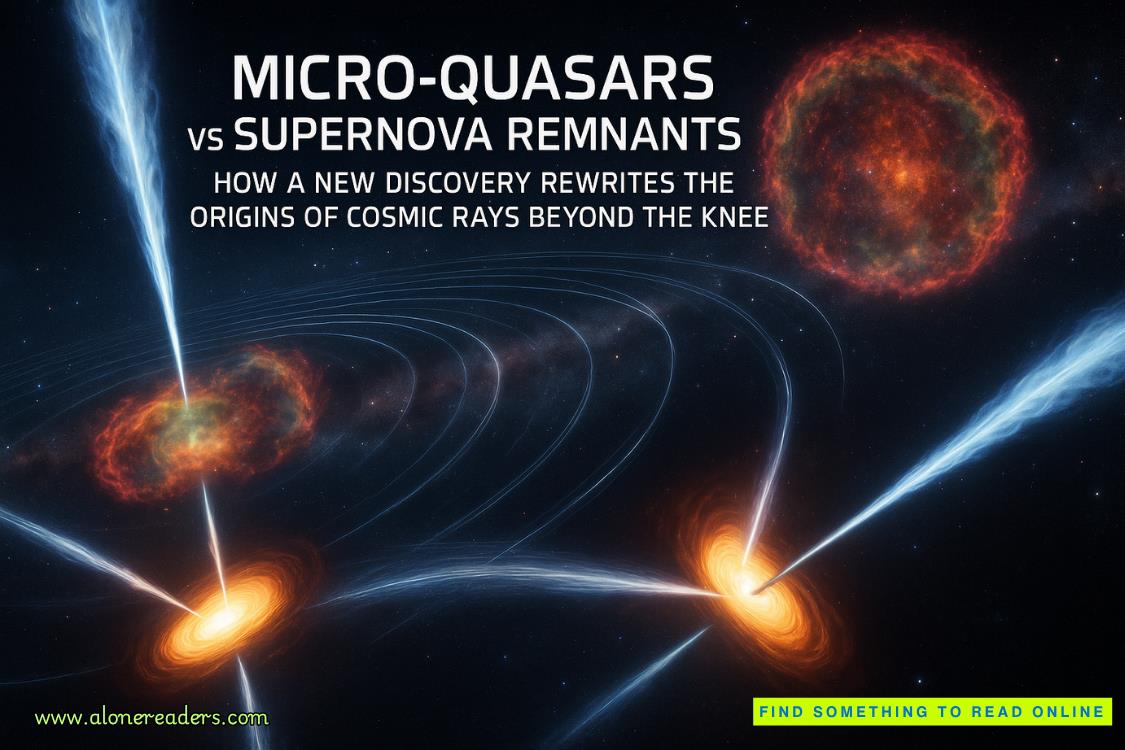Page 1 of Faking Love with the Billionaire Boss
Chapter One
Saxon
I spot her as soon as I walk into the bar.
It’s a cold Friday evening in July, the height of winter here in Auckland, New Zealand. The new trendy bar called Angels in the heart of the central business district has received rave reviews, and as I’m visiting the city, my friends told me they’d take me after work to try it out.
It’s a cool place, the ceiling strung with rows of orange and white fairy lights, and the bar surrounded by neon lamps, so the whole place glows a pinky-orange. An old-fashioned jukebox belts out music, and there’s even a small dance floor beyond it, although nobody’s dancing. But the place is packed, so clearly something about the vibe is proving popular.
I follow the others across to the bar, glancing around the room as I walk, and see her sitting at a table in the corner with a group of friends. They’re all in their early-to-mid-twenties, dressed like any other group of young women out for the evening. Most of them have shoulder-length straightened blonde or brown hair, and carefully applied evening makeup. They’re drinking glasses of wine, talking loudly, and occasionally erupting into giggles.
All except for this girl. She’s nursing a glass, and not taking part in the conversation, her elbow resting on the table, and her chin on her hand. She’s a redhead, her hair caught up in a messy bun, untidy strands tumbling around her face and neck. I’m sure most people would liken the color to food—carrot, marmalade, tangerine—but all I can think is that it’s tiger-orange, the likeness emphasized by the fact that she’s wearing all black: black jacket, black sweater, black jeans. Her skin is the color of milk, and she’s covered in freckles.
Also, her gaze is fixed on me.
“Ouch,” Elizabeth says as I walk straight into her.
“Sorry.” I catch her as she stumbles and hold her until she regains her footing. Barely five foot tall, she usually wears high heels that give her another three or four inches. Since she’s been pregnant, though, she’s swapped to flats, and the rest of us tend to dwarf her.
I glance back at the table. The red-haired girl is now studying her glass. Her cheeks bear a slight flush.
“See anything you like?” Elizabeth teases as we join the others at the bar.
I give her a wry look, then turn to her fiancé, Oliver Huxley, who’s ordering drinks. “Islay?” he asks me, and I nod. “A double of the Ardbeg on the rocks, please,” he confirms to the bartender.
“We might have trouble getting a table,” Mack, another of my friends, comments. “Do you need to sit down?” he asks Elizabeth.
“I’m only four months,” she states, “I’m not quite at the ankle-swelling stage yet. I’ll be fine. God, you lot are going to be unbearable when I’m as big as an elephant.”
I chuckle and take the whisky as the bartender slides it across. Elizabeth stares at her glass of Sprite Zero somewhat sulkily.
“Is it getting you down a bit?” I ask.
She smiles then. “No, not at all. I do miss having a glass of wine! But I love being pregnant. And I’ve come to appreciate it even more since we’ve been doing the research.”
Her pharmaceutical company has been working with the company I oversee, NZAI, the leading company in Artificial Intelligence in New Zealand, to research ways into improving IVF. It’s given all of us a greater understanding of the difficulties many people go through when trying to have a baby.
“Have you finished the report on the results of the tests?” Mack asks me. NZAI used his supercomputer to run the prototype program.
I nod. “I just need to finalize the findings with Titus.” Titus owns NZAI, and he’s currently in the UK, visiting an English pharmaceutical company who is interested in investing in our research.
Mack goes on to summarize his calendar for the second half of the year, and we chat for a bit about the timing of the next phase of the project. “These are exciting times we live in,” he says. “AI is coming along in leaps and bounds. Do you think it’s something to do with the way our understanding of computer language has developed?”
“Yeah. Symbolic Artificial Intelligence used formal syntax to translate the deep structure of sentences into logic,” I say, “but with the way that modern statistical techniques are using co-occurrence frequencies, keyword spotting, and transformer-based deep learning, I think—”
I stop talking as, right behind me, almost in my ear, a female voice starts singing the theme tune to Doctor Who. “Da-dungada-dun, da dungada-dun, da dungada-dun, oo-wee-ooooo!” She starts laughing.
I look over my shoulder. It’s the redhead.
Her laughter fades as I stare at her, and she pulls an ‘eek’ face. “I’m so sorry.” Her freckled skin reddens. She obviously blushes easily. “You reminded me of the tenth Doctor, that’s all, and I thought…” As my eyebrows rise, her voice trails off, and she blushes even more. She has a soft Irish accent that brings goosebumps out on my skin.
“You know who the tenth Doctor is?” I ask.
“I can name them all in order,” she scoffs.
“Go on then.”
She waves at the bartender as he approaches, but he walks past her to the other end of the bar. Blowing out a breath, she turns back to me and goes through the list, ticking them off on her fingers. “William Hartnell, Patrick Troughton, Jon Pertwee, Tom Baker, Peter Davison, Colin Baker, Sylvester McCoy, Paul McGann, technically John Hurt, if you include the War Doctor, but most people don’t, Christopher Eccleston, David Tennant, Matt Smith, Peter Capaldi, Jodie Whittaker, David Tennant again, and now Ncuti Gatwa.” She pokes her tongue out at me.















